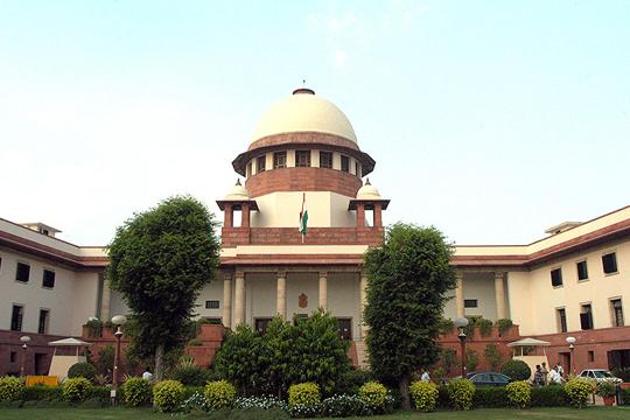The judicial impact needs an urgent assessment
In the realm of judicial impact assessment, we have five core issues to examine
How much justice do the people in India get through courts? Despite a gigantic set up of judiciary, with nearly 2000 crore annual budget, justice remains elusive for the people. Even in cases in which justice seems to have been done, the parties in questions hold a contrary view. People’s understanding and official understanding of justice remain quite distinct. We do not know justice in measurable terms.

There is hardly any consensus over the performance indicators of a court. The number of cases decided by courts in India does not necessarily reflect the quantum of justice people tend to get. Nor does it convincingly suggest the efficacy of a court.
The number of people with unmet justice needs in this country is growing significantly. The World Justice Project in 2018 put the number at three billion. And the Rule of Law Index places India at 63 out of 113 countries. On the components of human rights, security and order and criminal justice, the score is dismally low. Roughly speaking, there are about 3 crore pending cases in the country, affecting some thirty crore people. Accounting for the unreported and unrecorded cases, this number may add up to another 20 crores. Besides, a declining trend in civil litigation in India is cause of worry as this suggests that the people are not turning to courts for their justice needs in civil matters.
The dissatisfaction of people is visible from the rising rates of crime and the instances of mob lynching and mob violence. Daksh’s study on access to justice in India observed that 70% of those who faced disputes in the past five years approached the courts for justice, but the formal judicial system is still not the most preferred form of conflict redressal for most Indians.
As justice in this country remains largely unmeasured, it’s non-existent for many. Measurement of justice is emerging as a powerful tool to ensure quality of justice. Fraught with structural and functional issues of fundamental nature, the Indian judiciary largely has failed to create an effective research and development approach to its performance.
We have five core issues to examine.
First, how does a law impact its stakeholders? The judicial decisions are made on the basis of the larger consequences and effects they intend to create. The judicial decision with regard to conflicting values is to anticipate possible social and behavioural consequences of the alternative course of action. Though the objectives of a law are prescribed in its structure but there is no way to know if these objectives are being achieved. The Supreme Court of India directed the central government to examine the matter of judicial impact and a committee was appointed to study the resources needed when a new legislation is introduced or amendments are introduced.
Second, what is the impact of Supreme Court’s decisions? The SC decisions intend to cause a specific as well as general impact on the concerned persons, institutions and society at large. And it certainly happens. However, there is no way to know about its exact consequences. There is a general impression that the compliance of SC decisions is not fully followed. This requires judicial impact assessment.
Third, how does an amendment in a law impact its stakeholders? The section 498 A of the Indian Penal Code and section 138 in Negotiable Instrument Act triggered almost a ‘docket explosion’ as thousands of cases added to the case list. Again, the lawmakers are clueless about the likely impact of an amendment in terms of manpower and finance that a State might require to effectively implement the above.
Fourth, whether a law fulfils public expectations or not. For instance, enforcement of social legislation in India, by and large, has been unsuccessful. The laws related to juvenile, women, welfare, domestic violence, dowry, etc could not meet the public expectations.
Fifth, we also do not know much about litigation behaviour and change in this country. Millions of litigants approach various courts in the country and no official information about their needs, experience, and trends are known to us as no data is maintained in this regard.
To overcome this situation the ministry of justice in the United Kingdom has developed judicial impact test, which takes care of these issues. It is time India launches a judicial impact assessment system.
GS Bajpai is chairperson, Centre for Criminology & Victimology, National Law University, Delhi
The views expressed are personal



